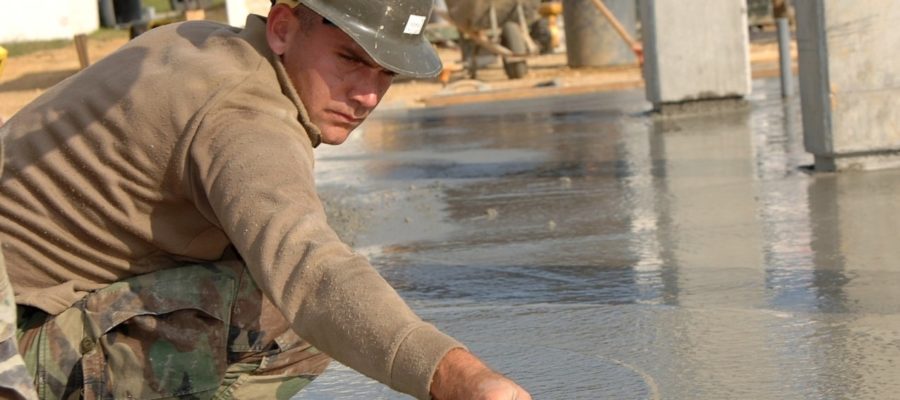Modern plastering has developed in such a way that it requires various plastering tools to do the job efficiently and to produce the best results. To give you an idea of the extent of variety of plasterers’ tools, there are trowels, plastering brushes, straight edges, joint knives, floats, plastering spatulas, small tools, multitools, hawks, floor screeding tools, hand boards, box levels, scratch tools, and more.
High-quality tools
A lot of the tools and plastering equipment are sturdy and reliable to give the best performance to the user. As an example, the SuperPROF Comfort Profile plastering spatula is a lightweight and ergonomic device designed in the Netherlands as a great solution for quick and smooth finishing of large areas. It is also robust due to its aluminium construction and compatible with an extendable pole attachment for maximum reach in challenging projects.
Where to start
If you’re just starting out as a professional contractor or want to do your own plastering for home improvement projects, you may be confused as to which plasterers’ tools to prioritise obtaining. The main idea is to visualise the tasks and processes that you will be doing throughout the project and acquire the equipment that you think may be suitable for that task. In building your toolkit for general tasks, you should think about getting a plastering trowel, hawk, mixer, and mixing bucket. No plastering jobs can be started without these essential items.
Tool variety
In building your repertoire of skills and capabilities as a plasterer you may also want to purchase plastering machines or specialised tool variants for the peculiarities of different circumstances. Trowels, for example, come in a lot of shapes and sizes. There are 8 main types of trowels: plastering trowels, notched trowels, joint trowels, corner trowels, brick and pointing trowels, margin trowels, texture trowels, and bucket trowels. Each corresponds to certain roles like notched trowels that are used to apply adhesive to adjacent tiles, plastering corner trowels for smoothing plaster or cement in corners, and brick and pointing trowels for applying cement and plaster.
Other equipment
It is also important to get supplementary equipment that may make the other tasks performed in plastering and many other jobs more efficient. Multitools like the SuperPROF MultiTool and its Aluminium Rod variant have edges designed for measuring the level of the surface against the floor or ceiling as well as being straight edges for ensuring the consistency of the plaster application.
Given the needs of the modern plastering professional these days, it’s important to make the process of getting the right tools for the job much easier. Plasterers 1 Stop Shop is the ideal avenue to make these transactions responsibly and for a reasonable price.


